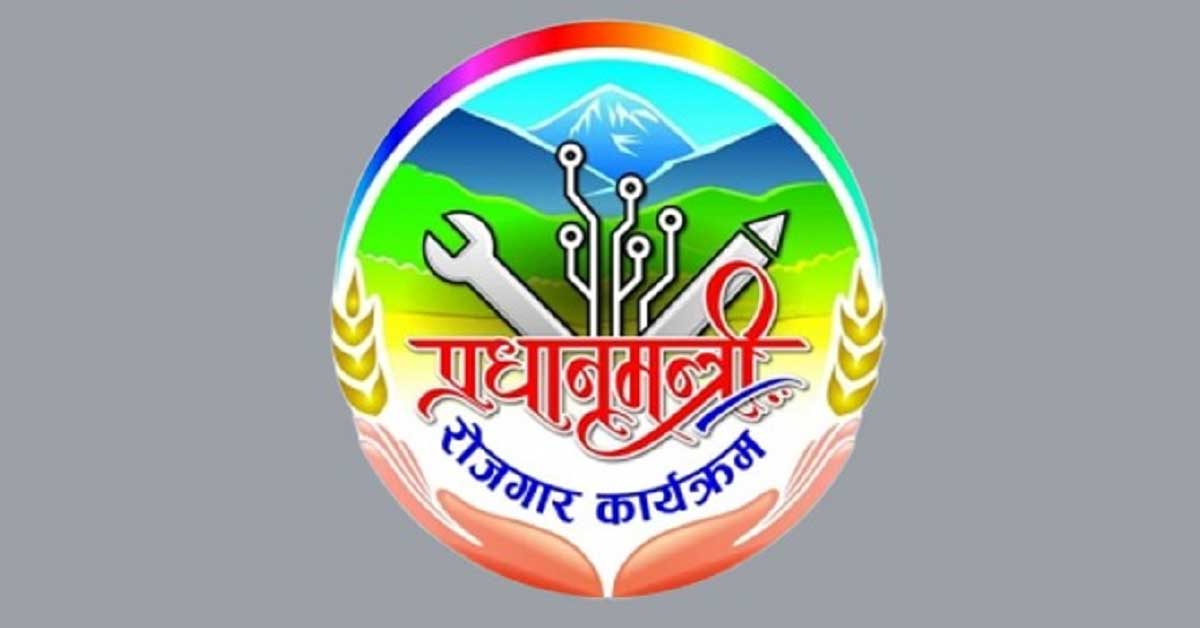
Restructuring the Prime Minister's Employment Program for Effective Implementation
The Prime Minister's Employment Program, aimed at providing job opportunities to the unemployed population, is undergoing a significant restructuring to enhance its effectiveness. The Ministry of Labour, Employment, and Social Security has acknowledged the program's shortcomings and is working on revising its guidelines for the upcoming financial year.
Final Stages of Guideline Revision:
The Secretary of the Ministry of Labor, Ek Narayan Aryal, has revealed that the revision of guidelines and program restructuring has reached its final stages. In response to criticisms regarding the program's previous inefficiency, the ministry is determined to introduce changes and improve its implementation. The draft guidelines for the restructured Prime Minister's Employment Program are currently awaiting approval from the Ministry of Finance.
Demand-Based Training and Skill Development:
Upon receiving the directive, the program will collect detailed information regarding training needs from all 753 municipalities. Subsequently, training sessions will be conducted based on these specific requirements. Participants in the training will receive a daily minimum wage and gain valuable skills that can be utilized for self-employment or employment within their respective municipalities.
Emphasis on Skill Development and Entrepreneurship:
The draft guidelines prioritize linking minimum employment with skill development and entrepreneurship, ensuring the sustainability of the Prime Minister's Employment Program. Unlike the existing guidelines, which primarily focused on providing a minimum of 100 days of employment, the revised draft aims to align employment opportunities with skill enhancement.
Three-Level Government Ownership:
To establish a sense of ownership, the program's structure in the draft has been redesigned to involve the three levels of government. This enables effective coordination and cooperation among local, provincial, and federal authorities. The program also encompasses aspects such as workplace training, subsidized loans for trained individuals, and the promotion of internal employment.
Promoting Labor Market Information System:
In addition to program reforms, the Ministry aims to develop and utilize a labor market information system to bolster the country's internal employment and improve the labor market's overall functioning. This comprehensive approach ensures that the Prime Minister's Employment Program contributes to the larger goal of sustainable job creation.
Implementation According to Revised Guidelines:
Ramchandra Dhakal, National Director of the Prime Minister's Employment Program, has confirmed that the programs for the upcoming financial year will be conducted in accordance with the revised guidelines. This signifies the government's commitment to rectifying the shortcomings of the program and ensuring its successful implementation.
Budget Allocation and Program Criticism:
The government has allocated 7 billion rupees through the current fiscal year's budget for the Prime Minister's Employment Program. However, due to criticisms of its effectiveness, the budget has been reduced by 5 billion rupees compared to the previous financial year, which allocated 12 billion rupees.
Limited Implementation and Employment Figures:
Despite substantial budget allocations, the program has faced criticism for its limited implementation and failure to provide sufficient employment opportunities. Although the program aims to employ two lakh unemployed individuals annually, the actual number of beneficiaries has been significantly lower than expected. In the initial year, an average of 13 days of employment was provided, while in the Fiscal Year 2078/79, the average increased to 76 days.
Budget Utilization and Future Targets:
The ministry reports that approximately 60% of the budget was utilized during the Fiscal Year 2075/76, and about 70% during the Fiscal Year 2078/79. In the current financial year, the program plans to provide employment for a minimum of 100 days to 200,000 individuals through 753 local levels. However, despite selecting 22,446 individuals for employment, only 5,539 have been engaged in jobs thus far, indicating the need for improved implementation and better results.
Published on 8th May 2023
Kathmandu




